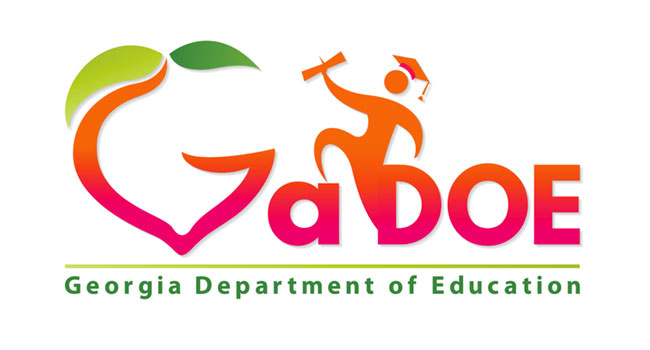
Georgia Offers New Guidance on Opening Schools
Specifics mention how to open in the fall and the reaction to changing health conditions
- By Ralph C. Jensen
- Jun 01, 2020
Georgia school officials have released to guidance about how to open campuses for school in the fall by offering a 10-page document “Georgia’s Path to Recovery for K-12 Schools.” The manual was prepared by state education and public health department officials and covers the 2020-21 school year.
The recently report was is statewide guidance for reopening schools that serve nearly 2 million K-12 public school students. Statewide, there are 180 schools districts that will decided how and when to open their buildings, and when to close them should conditions warrant. The guidance offers recommendations to school superintendents, who can work with local and state officials concerning local danger levels. The thoughts are that the coronavirus will spread in different intensities in different regions, so what might work in one county may not work in another.
The document is a decision tree based on local conditions, ranging from slightly modified traditional schooling in the best case to closed buildings, like this past spring semester, in the worst.
Areas with minimal to moderate spread of the coronavirus, are a variety of options. These so-called “hybrid” schooling models minimize physical attendance to maximize social distancing in a variety of ways.
In the “A/B” model, schools would divide their enrollment in half. They might send one group into the buildings on Mondays and Wednesdays, the other on Tuesdays and Thursdays. They could all remain home on Fridays, when they would do “distance” learning, using either online assignments or paper packets. Alternatively, schools could host one group in the morning and the other in the afternoon.
Another model: high school and maybe middle school students staying home full time while younger students occupy the buildings. It was younger students, generally, who had a tougher time with remote learning in the spring. Also, if they are home, their parents can’t go to work without finding child care, which can be costly.
Careful planning could go awry if anyone tests positive for the disease: the guidance recommends closing any areas where an infected person has been, and keeping them closed for 24 hours before cleaning and disinfection. This would reduce capacity, potentially forcing some to stay home when it’s their turn to be in the building. Given the logistical challenges and costs, both for the schools and parents who need child care, the guidance recommends using the hybrid option only “if absolutely necessary.”
About the Author
Ralph C. Jensen is the Publisher/Editor in chief of Security Today magazine.